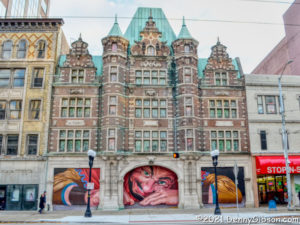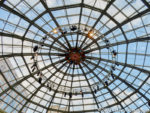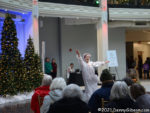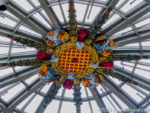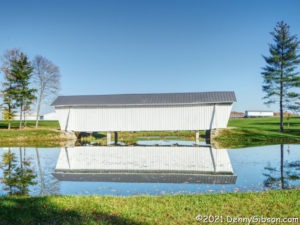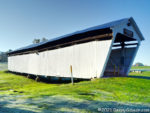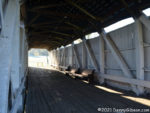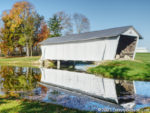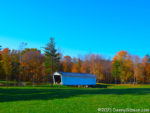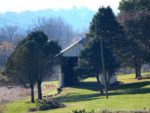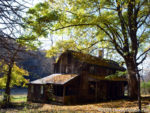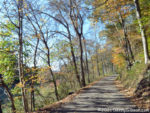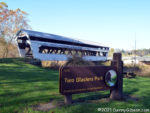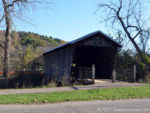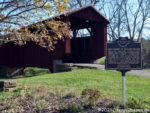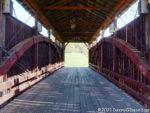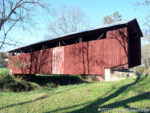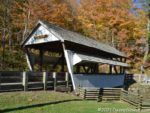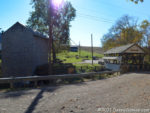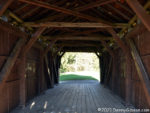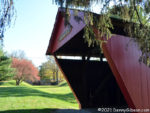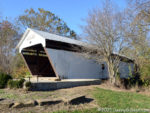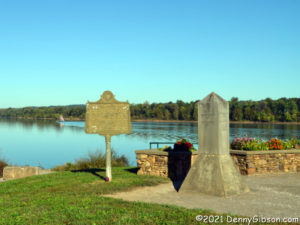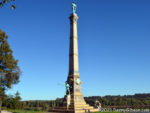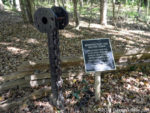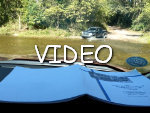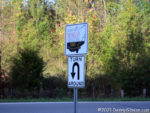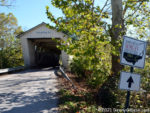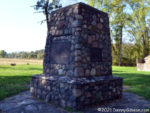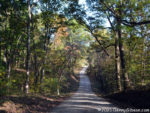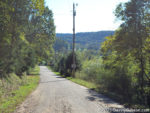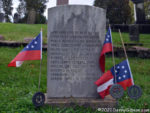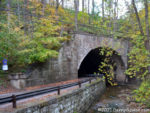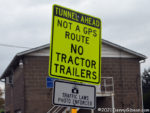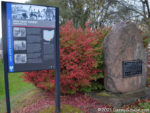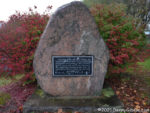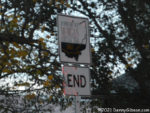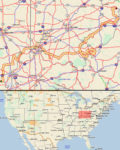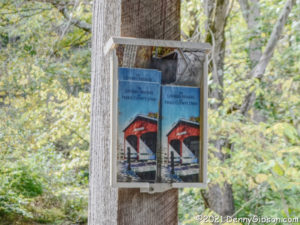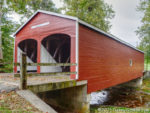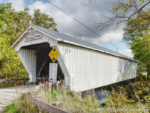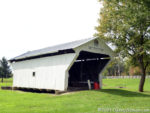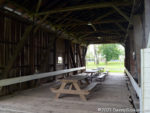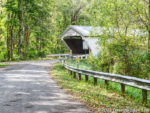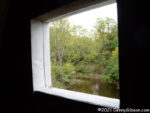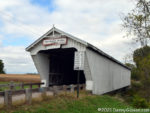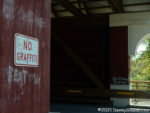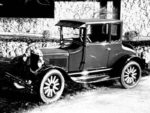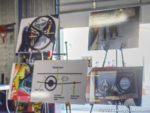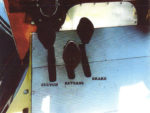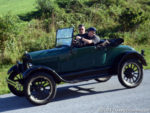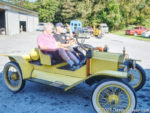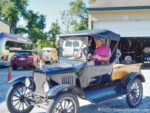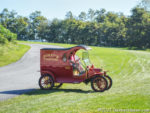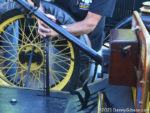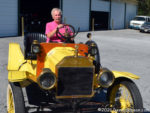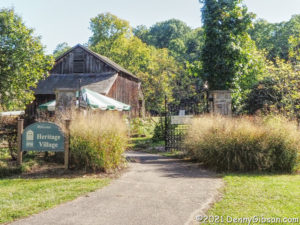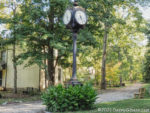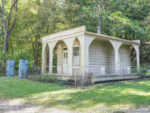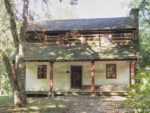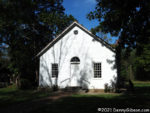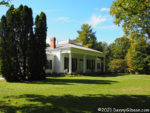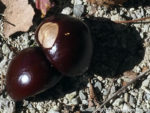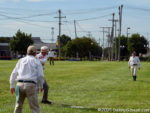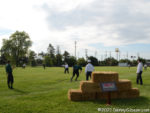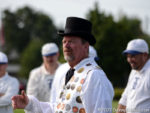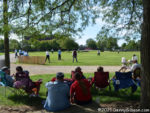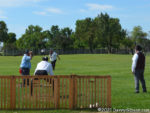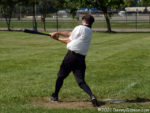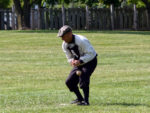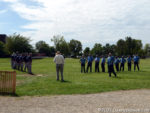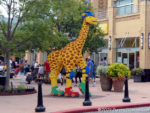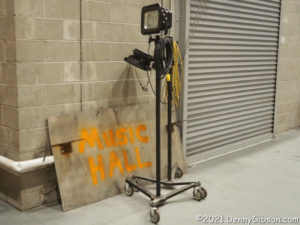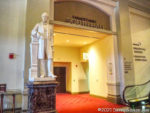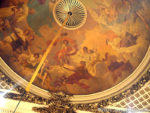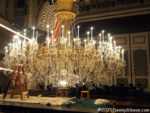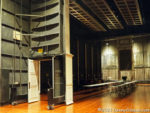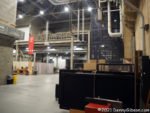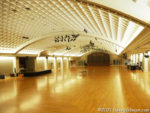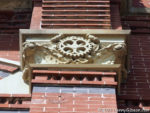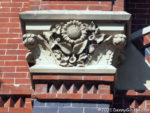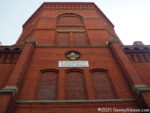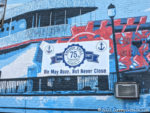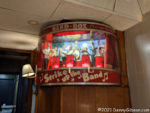The following article first appeared in 2019 then reappeared in 2020 when the Fort Ancient winter solstice sunrise program was canceled. I have seen nothing specifically about the program this year but know that the site will be open between 7 and 10 AM on December 21, the day of the solstice. That’s a Tuesday which is a day that the site is normally closed this time of year. It is clearly being opened for sunrise and a program of some sort seems possible.
The article’s first publication occurred one day after the solstice. The next year, it was one day before. This year it is two days before. That shifting comes from our efforts to make Sol, Luna, and Earth play nice together. Most of this blog’s posts, and all three posts of this article, occur on Sundays. Days of the week usually shift by one each year because seven does not fit evenly into 365. The two day shift between the article’s first and second appearance was because seven is an even worse fit for 366 and 2020 was a leap year. The seven-day week isn’t quite as arbitrary as it might first appear but neither is it an intuitive unit of measure. The moon circles Earth every 29.5 days. The Egyptians divided that into three ten-day periods. Four eight-day Roman weeks or seven-day Babylonian weeks fit less precisely but could be tied, albeit imperfectly, to the moon’s four phases. The Babylonian seven-day week was spread far and wide by Alexander the Great, and as Rome moved into Alex’s old stomping grounds, it began to think that way too. The western world’s week became pretty much established in 321 CE when Constantine declared that an official Roman week was comprised of seven days. This Sunday post precedes the winter solstice of 2021 by 2 days; 2 days, 4 hours, and 58 minutes to be precise.
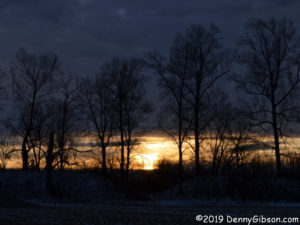 Calendars come and calendars go and Earth just keeps on turning. And it keeps on orbiting, too. The turning bit creates what we call days. The alternating periods of light and dark impact almost all life on the planet and humans adopted the day as a basic unit of measure pretty early on. What we call years comes from Earth orbiting the Sun. There was plenty of time for early humans to stare at the sky and not a whole lot to keep them from doing it. They couldn’t help but notice that things in the sky moved around. In time, some of the more observant among them realized that not all that movement was random and eventually some patterns were noted. I can’t imagine how exciting it was when some smart guy figured out that the sun popped up at the same point about every 365 days. Of course, that “about” would be very important.
Calendars come and calendars go and Earth just keeps on turning. And it keeps on orbiting, too. The turning bit creates what we call days. The alternating periods of light and dark impact almost all life on the planet and humans adopted the day as a basic unit of measure pretty early on. What we call years comes from Earth orbiting the Sun. There was plenty of time for early humans to stare at the sky and not a whole lot to keep them from doing it. They couldn’t help but notice that things in the sky moved around. In time, some of the more observant among them realized that not all that movement was random and eventually some patterns were noted. I can’t imagine how exciting it was when some smart guy figured out that the sun popped up at the same point about every 365 days. Of course, that “about” would be very important.
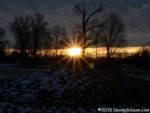 The opening photo shows the sun rising yesterday over a “gateway” in the earthen enclosure at Fort Ancient. The photo at left was taken a bit later and includes a small mound inside the enclosure in the foreground. When the mound, gateway, and sunrise align, sunset will follow sooner than on any other day of the year. This is the northern hemisphere’s Winter Solstice. It is the day when the sun is above the horizon for less time than any other day of the year, and yesterday that amounted to 9 hours, 25 minutes, and 9 seconds. Although we talk about Solstice being a day, it is technically just an instant. It is the moment when the Sun is farthest north or south of Earth’s equator. It happens twice each year and happened yesterday at 23:19 EST.
The opening photo shows the sun rising yesterday over a “gateway” in the earthen enclosure at Fort Ancient. The photo at left was taken a bit later and includes a small mound inside the enclosure in the foreground. When the mound, gateway, and sunrise align, sunset will follow sooner than on any other day of the year. This is the northern hemisphere’s Winter Solstice. It is the day when the sun is above the horizon for less time than any other day of the year, and yesterday that amounted to 9 hours, 25 minutes, and 9 seconds. Although we talk about Solstice being a day, it is technically just an instant. It is the moment when the Sun is farthest north or south of Earth’s equator. It happens twice each year and happened yesterday at 23:19 EST.
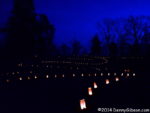 Serpent Mound, another ancient earthen structure containing solar alignments, is a little more than forty miles southeast of Fort Ancient. The serpent’s head is aligned with the Summer Solstice sunset. Body coils align with Summer and Winter Solstice sunrises. For several years, a modern event known as Lighting of the Serpent took place there at Winter Solstice. It was discontinued in 2017. The picture at right is from 2014 which is the only time I attended.
Serpent Mound, another ancient earthen structure containing solar alignments, is a little more than forty miles southeast of Fort Ancient. The serpent’s head is aligned with the Summer Solstice sunset. Body coils align with Summer and Winter Solstice sunrises. For several years, a modern event known as Lighting of the Serpent took place there at Winter Solstice. It was discontinued in 2017. The picture at right is from 2014 which is the only time I attended.
Long before they knew anything about orbits and equators, humans knew the day of Winter Solstice was special. It is the point where each successive day receives more rather than less daylight. It’s the big turnaround that will eventually lead to the warmth of spring and summer. It is clearly a day worth celebrating and it has indeed been celebrated in many different cultures in many different ways.
During their existence, humans have developed a slew of calendar systems. Several actually remain in use today, but the Gregorian calendar is the one most widely accepted. In the late sixteenth century, this started replacing the Julian calendar which had been around for all of those sixteen centuries and then some. The Julian calendar had been created by folks who calculated that a year was 365 and 1/4 days long which was a lot more accurate than an even 365. They came up with the rather clever idea of adding an extra day every four years to balance things out.
We now know that a year is 365.2422 days long. A year is the length of time it takes Earth to orbit the Sun, a day is the length of time it takes Earth to rotate, and neither is adjustable. When the Julian calendar was first adopted, the northern hemisphere’s Winter Solstice fell on December 25 but it slowly drifted away. Someone in authority thought to put an end to this nonsense by declaring December 25 the official solstice. But those non-adjustable orbits and rotations kept doing what they were doing and the official solstice and actual solstice just kept getting farther and farther apart.
The Gregorian calendar, which we have used for roughly 400 years now, put an end to that. Like the Julian calendar, it considers most years to be 365 days long but has a more involved system of “leap years” that add an extra day. The result is that over a long enough period our years will average 365.2422 days in length. Not only did the new calendar eliminate future drift, it tried to correct for some of the previous drift by throwing away ten days. The calendar’s namesake’s full-time job was as Pope of the Catholic Church. Ditching those ten days moved the solstice to December 22 which is where it had been in 325 when the church was founded. Of course, some holidays that had been tied to the official solstice (which hadn’t been anywhere near the actual solstice for some time) would continue to be celebrated on December 25.
Anyone wanting a more complete discussion of calendars, solstices, and holidays will find one here. Additional information on Fort Ancient is available here.

